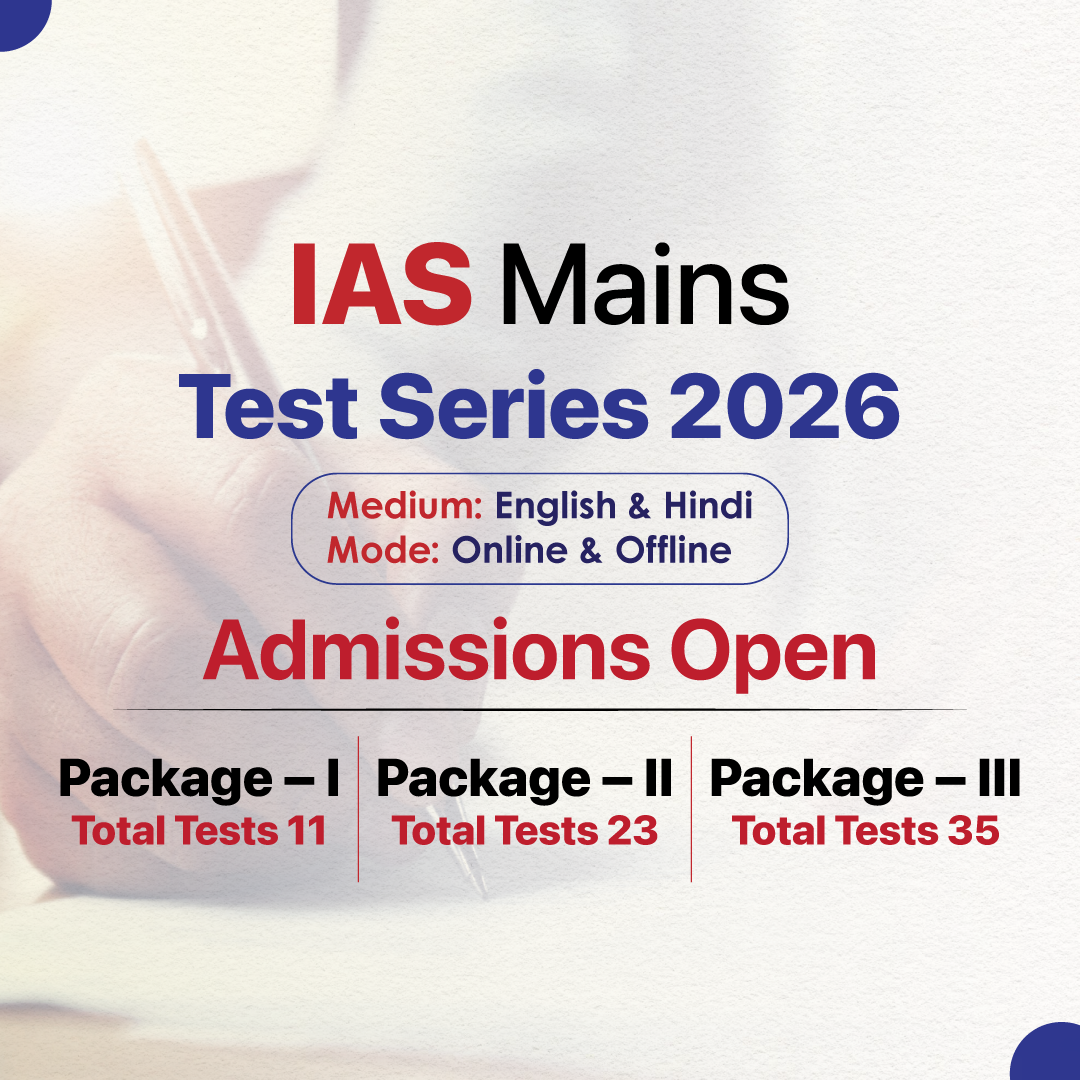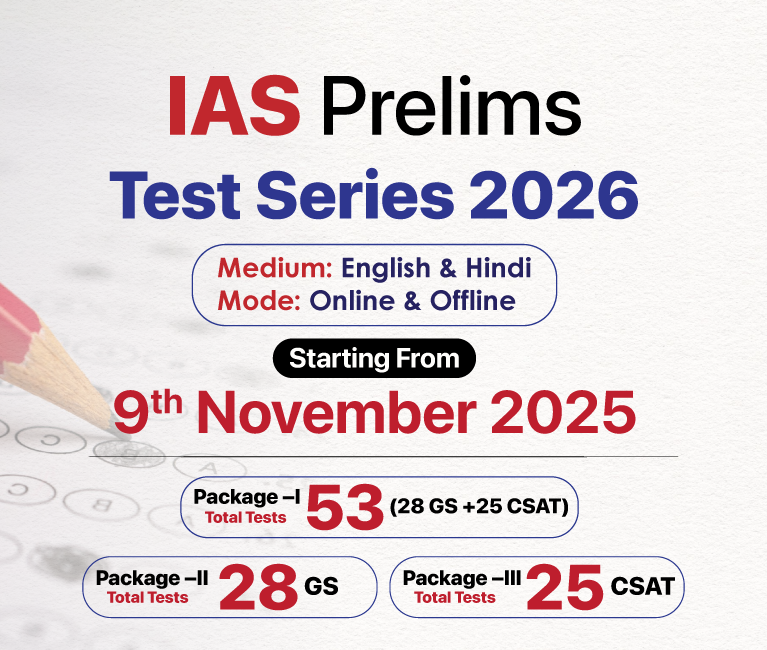Bihar Switch to Hindi
100 APHCs of the State Will Become Model Hospitals
Why in the News
- Recently, the Health Department, Government of Bihar has decided to make 100 additional Primary Health Centers (APHCs) as model hospitals, taking initiative to improve health facilities in remote rural areas in the state.
Key points
- By making 100 APHCs as model hospitals in the financial year 2022-23, people will get the facility of diagnosis of serious diseases and initial treatment of all diseases.
- In these 100 APHCs, arrangements will be made for strengthening the infrastructure, construction of rooms as per requirement, testing equipment etc. under the National Health Mission.
- The State Health Committee has expressed the need to develop APHC as a model hospital under the proposed plan budget proposal for the year 2022-23 before the Union Ministry of Family and Health Welfare, Government of India. Implementation will start after the Central Government approves this proposal and allocates the amount.
- Health Sub Centers and APHCs are being upgraded and converted into Health and Wellness Centers. At the same time, by strengthening the infrastructure in the model APHC, facilities for initial treatment will be provided to the patients there.
- One doctor, two ANMs will be deployed in APHC. Along with this, all facilities related to non-communicable diseases, diabetes, blood pressure and other diseases, telemedicine facilities including vaccination facility will also be made available in these hospitals.
- Apart from this, other facilities will also be available along with pregnancy and childbirth care, newborn and child health care, child and adolescent health care, family planning, contraceptive services, communicable disease management, non-communicable diseases screening and referral and follow-up arrangements.


Bihar Switch to Hindi
Bihar Economic Survey 2021-22
Why in News
- Recently, Bihar's Deputy Chief Minister Tarkishore Prasad presented the state's 16th Economic Survey 2021-22 on the floor of the House on the first day of the budget session of the Bihar Legislative Assembly.
Key Points
- According to the Economic Survey, Bihar's Gross State Domestic Product (GSDP) grew by 2.5 percent in 2020-21 and the growth rate is better than the national average, despite the effect of the 'lockdown' imposed to prevent the Covid-19 epidemic.
- According to the survey, the per capita income in Bihar stood at Rs 50,555 during 2020-21 at the current market price as compared to the per capita income of India at Rs 86,659.
- During the last five years 2016-17 to 2020-21, Bihar grew at the highest rate of 2.3 per cent in primary sector, 4.8 per cent in secondary sector and 8.5 per cent in tertiary sector.
- Agriculture and allied sectors have grown at the rate of 2.1 percent in the state during the last five years 2016-17 to 2020-21.
- The total expenditure of the state government in 2020-21 increased by 13.4 percent over the previous year to Rs 1,65,696 crore, which includes Rs 26,203 crore as capital expenditure and Rs 1,39,493 crore as revenue expenditure.
- Agriculture and allied sectors have grown at the rate of 2.1 per cent during the last five years. The growth rate of livestock and fisheries was 10 percent and 7 percent respectively.
- The urbanization of the state has increased very rapidly in the last ten years. According to the 2011 census, the level of urbanization in Bihar was just 11.3 percent, which has increased to 15.3 percent at present.
- In the year 2011, Bihar had only 3.1 percent of the total urban population of the country. The state government has expressed hope that the level of urbanization in Bihar will be very high in the next decade in view of the urban economy growing at a high rate.
- Like the economic disparity among the districts of Bihar, the survey has also pointed out a great disparity in urbanization. Patna district has the highest level of urbanization (44.3 percent), apart from this, only two districts- Munger (28.3 percent) and Nalanda (26.2 percent) have more than 25 percent urbanization.
- According to the figures for the year 2019-20, Patna district tops in terms of per capita income with Rs 131.1 thousand. Begusarai district is at the second place, whose per capita income is Rs 51.4 thousand. In terms of per capita income, they are followed by Munger (44.3 thousand), Bhagalpur (41.8 thousand), Rohtas (35.8 thousand), Muzaffarpur (34.8 thousand), Aurangabad (32 thousand), Gaya (31.9 thousand), Bhojpur (31.6 thousand) and Vaishali (Rs 30.9 thousand).
- The districts with low per capita income are Sheohar (Rs 19.6 thousand), Araria (20.6 thousand), Sitamarhi (22.1 thousand), East Champaran (22.3 thousand), Madhubani (22.6 thousand), Supaul (22.9 thousand), Kishanganj (23.2 thousand) and Nawada (Rs 23.4 thousand).


.png)



%20(2).png)


.jpg)



.jpg)
.jpg)






-2026-web-eng.png)
-2026-mob-eng.png)
.png)


.jpg)



 PCS Parikshan
PCS Parikshan

